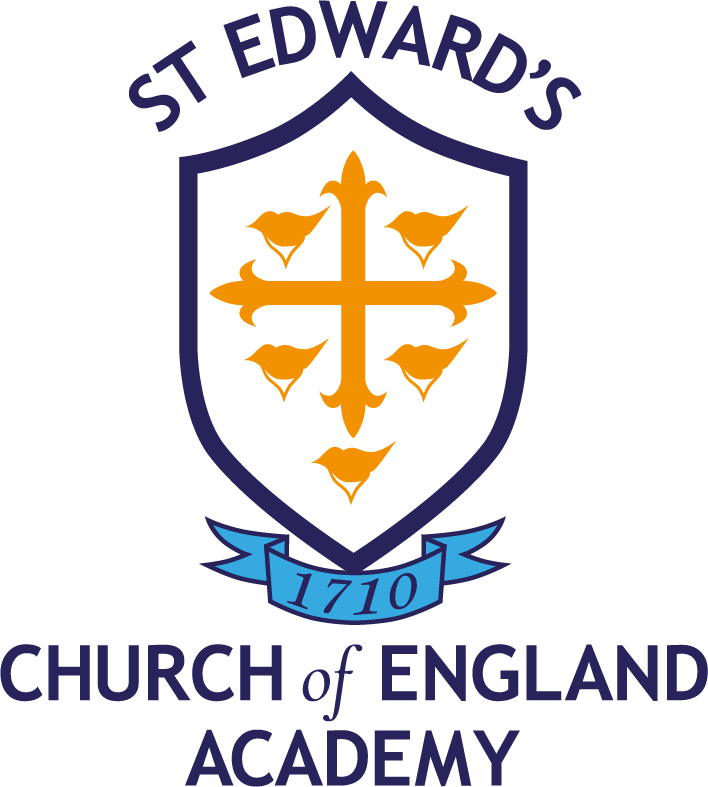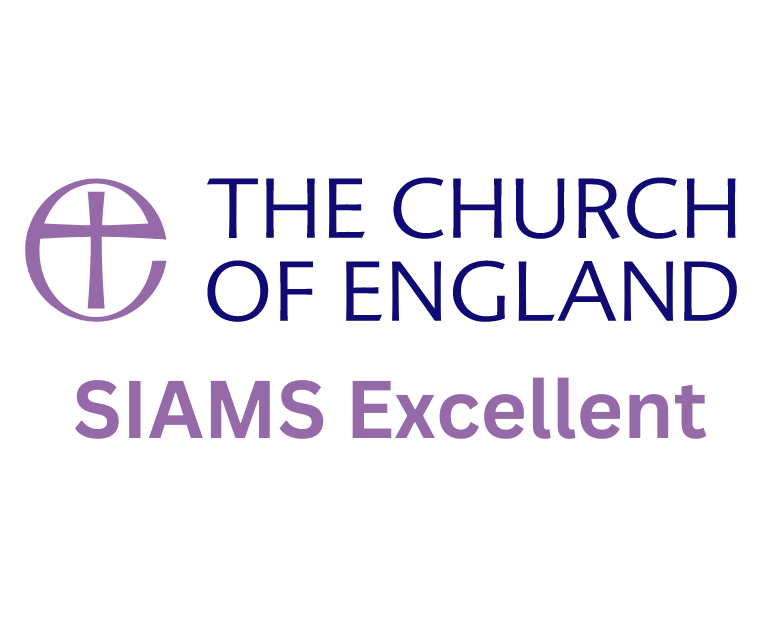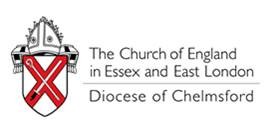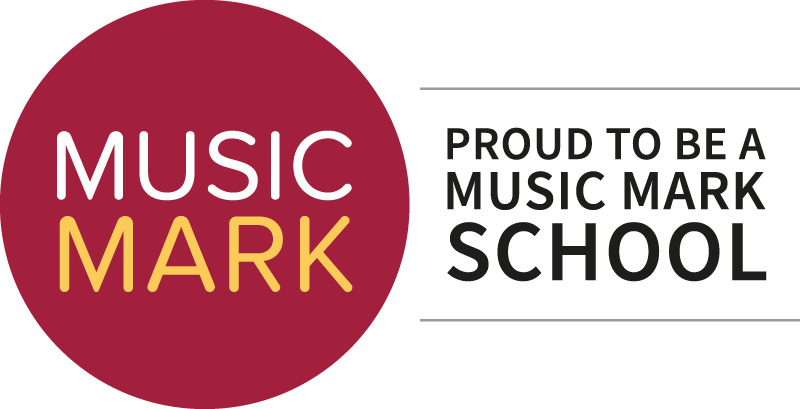Music
What Will I Learn?
Key Stage 3
Year Seven
Autumn
Building Bricks 1: Rhythm
You study the fundamentals of rhythm, and you get to know each other and to get used to working together in a group (SMSC). The music is performed via several forms of notation and introduces you to performance and composition skills as well as the importance of ensemble skills such as keeping in time and co-operation.
Building Bricks 2: Building Textures
Moving on to reading traditional staff notation, as well as looking at basic theory such as: key signature, sharps, bars and bar lines, time signature. Through the study of various textures, you will have the opportunity to work as a soloist or to continue developing your ensemble skills. You broaden your musical vocabulary and use this to begin in-depth analysis of different musical styles.
Spring
Music for the Manor House
An introduction to Garaae Band and creation of a composition based on a mood of horror/ tension. This links with the Drama ‘Manor House’ project.
Chords and Harmony 1
Continuing our journey through the main musical elements, this unit explores the basics of harmony and tonality. You initially work on the keys of C major and A minor performance tasks, whilst we will also look at songs which use the primary triads from these keys by practising and presenting class performances of well-known pop sings by various artists. More confident students will be encouraged to explore how these chords can be used and presented.
Summer
Chords and Harmony 1
Continuing our journey through the main musical elements, this unit explores the basics of harmony and tonality. You initially work on the keys of C major and A minor performance tasks, whilst we will also look at songs which use the primary triads from these keys by practising and presenting class performances of well-known pop sings by various artists. More confident students will be encouraged to explore how these chords can be used and presented.
Jazz and Big Bands
You learn about the basics of jazz music, such as swing, syncopation, 12-bar blues and walking bass. You will also learn what improvisation is, how it is used in jazz and what makes a good improvisation. You learn to improvise over a 12-bar blues in C. More confident students will learn to use the blues scales of C, F and G as well as looking at developing their improvisation over 2 or 3 choruses.
Year Eight
Autumn
Reggae
This unit looks at a specific genre of popular music. You learn about structural devices such as 1st and 2nd time bars and repeat marks as well as ties and ledger lines below the stave. You also develop your performance skills through the use of a backing style and/ or adding a left-hand bass or chord part.
Pop Composition
You are taught to compose in a popular style of your choice. You will learn to research and identify key stylistic features and to apply these to your work. You study the importance of structure, repetition and contrast in making an effective composition.
Spring
Film Music/ Minimalism
Performance skills are developed through the use of more complex rhythms, developed left-hand parts, compound time, high ledger-line notes and triplets whilst consolidating use of voice and style functions, repeat marks, ties and two-handed performances. As part of this, you will learn about Minimalism as a musical style and how this is used effectively in many film soundtracks.
Composing to a visual brief
This unit follows on from the film and TV option as you are tasked with writing music to a video clip (choosing from action, animation, slapstick and suspense). You learn about hit-points – how to identify them and how to bring them to life in their music.
Summer
Chords and Harmony 2
You build on previous knowledge by learning the keys and primary triads of G major and E minor. More confident students will be given extension tasks in other keys such as D and F majors and B and D minor.
Composing to a written brief
You now study composition to a written brief. This task provides an excellent finale to the learning completed in years 7 and 8 before the more independent curriculum of year 9.
Year Nine
Autumn
Classical Music
This unit serves to recap and develop your knowledge of key musical elements and how these are used across a range of classical music. We study three pieces which represent the Baroque, Classical and Romantic periods. Choosing one of these, students prepare a performance and use their chosen piece as a case study to develop higher-level analysis of idiomatic writing, melody and sonority. We also revise our knowledge of texture.
Pentatonic Music
You will explore different musical cultures and genres which are based on pentatonic melodies. You learn about the music of Indonesia, China and Japan as well as British folk music styles.
Spring
Own Project 1
Consolidating skills – own projects 1 and 2 give learners the chance to specialise in either composition, musical analysis or performance. You are encouraged to build on your work from previous units this year. You will plan and submit a project idea and complete the project under supervision. A midway informal assessment occurs with targets decided between teacher and student before learners refine their work and then present a final submission.
Summer
Own Project 2
In this unit, students are once again given the opportunity to work in an area that interests them. Students are encouraged to build on their work from the previous unit, look at their feedback and address their targets to move forward and improve.
Key Stage 4
Year Ten
Autumn
Performing Music
You will focus on performance skills. You will be encouraged &assisted to look beyond accuracy and technique and to concentrate on the communication of a performance – how to establish mood and exploit the musical elements to bring out the contrast and direction of a piece. In ensemble situations, you will look at how to create a well-balanced performance and how to adjust to other members of the ensemble.
Analysing musical elements
You build on what you have learned in previous years and take your theoretical knowledge further, through a study of:
- Dynamics and articulation
- Rhythm, metre and tempo
- Texture
- Melody
- Harmony
- Tonality
Musical Forms and Devices 1
Forms & devices are of fundamental importance in musical composition, and many of the common musical forms & devices used by composers today have their origin in the Western Classical tradition. The music of the Baroque, Classical & Romantic eras provides the context for a study of binary, ternary, minuet & trio rondo, variation & strophic forms. You are encouraged to engage with a variety of music from the prescribed eras, through a range of performing, composing and appraising activities. You are also encouraged to make links between music you listen to, pieces you perform and your own compositions, as well as music by composers from the twentieth and twenty-first centuries who use these forms and devices.
Spring
Music for Ensemble 1
This unit is a study of texture & sonority. It builds on your learning in KS3 through previous practical ensemble performance practice/assessments and specifically the cumulative study of texture which underpins listening and composition tasks. Through a study of diverse musical styles composed for ensemble such as jazz & blues, musical theatre & chamber music, you will consider how music is composed for small groups of instruments and voices. You study how texture is manipulated & compose in small instrumental/vocal music settings. You perform as part of an ensemble & through this actively engage with ensemble music, understanding the relationship between performers on the stage and the audience.
Free Composition
Through choosing your own brief, you have the opportunity to personalise your learning. By studying your chosen genre, you will deepen your knowledge and have the opportunity to put theory knowledge into practice.
Summer
Film Music
There are many areas of specialism for musicians within this industry such as composer, orchestrator, arranger, performer, music editor, producer and more. A film composer scores music to accompany a motion picture for film or television. This includes dramatic underscore and thematic music as well as popular song-writing. Through this area of study you are encouraged to consider how music for film is created, developed and performed, and the impact this has on the audience. You will have the opportunity to compose and perform film music and are encouraged to use musical technology to create mood and atmosphere through engaging with the story of the film.
Popular Music
The popular music industry offers a wide range of opportunities for both composers and performers, including singer, song-writer, music producer, arranger and more. Through this area of study, you are encouraged to explore the musical idioms associated with a variety of popular music, and you will have the opportunity to perform popular music as well as compose music associated with a popular music genre. You use music technology, understanding the impact this has on the way music is developed and performed in popular music.
Year Eleven
Autumn
Brief Set Composition
You are encouraged to extend your knowledge and understanding of music through composing. You are required to create and develop musical ideas in relation to a chosen brief. These briefs link to the 4 areas of study.
Musical Forms and Devices II (Badinerie)
We study the first of two set works, ‘Badinerie’ by J.S. Bach. You study this piece through a mixture of listening, performing and composing.
Popular Music II (Africa)
We study the second set work: ‘Africa’ by Toto. Students study this piece through a mixture of listening, performing and composing.
Spring
Film Music II
You will develop your understanding by looking at more in-depth examples and case studies from the genre, using these to strengthen your analytical skills.
Music for Ensembles II
This unit will give you the opportunity to revise work introduced last year. You will develop your understanding by looking at more in-depth examples and case studies from the genre, using these to strengthen your analytical skills.
Summer
Final revision
Revision will be focus on the areas that the class and individual students need most and be tailored as appropriate.

Please read about our Curriculum Intent and the KS3 and KS4 Curriculum Journey which are available in the attachments section on this page. If you require any further information please email music@steds.org.uk.






